Hi Everyone
Watching the re-appearance of the Large Blue butterflies on Collard Hill again this summer has been really enjoyable. These are fabulous butterflies that I hope more and more of us in the UK will be able to see in future. For now the Collard Hill population of Large Blues is still one of just a handful in the country, part of conservation efforts to try to bring them back to a much better number in future.
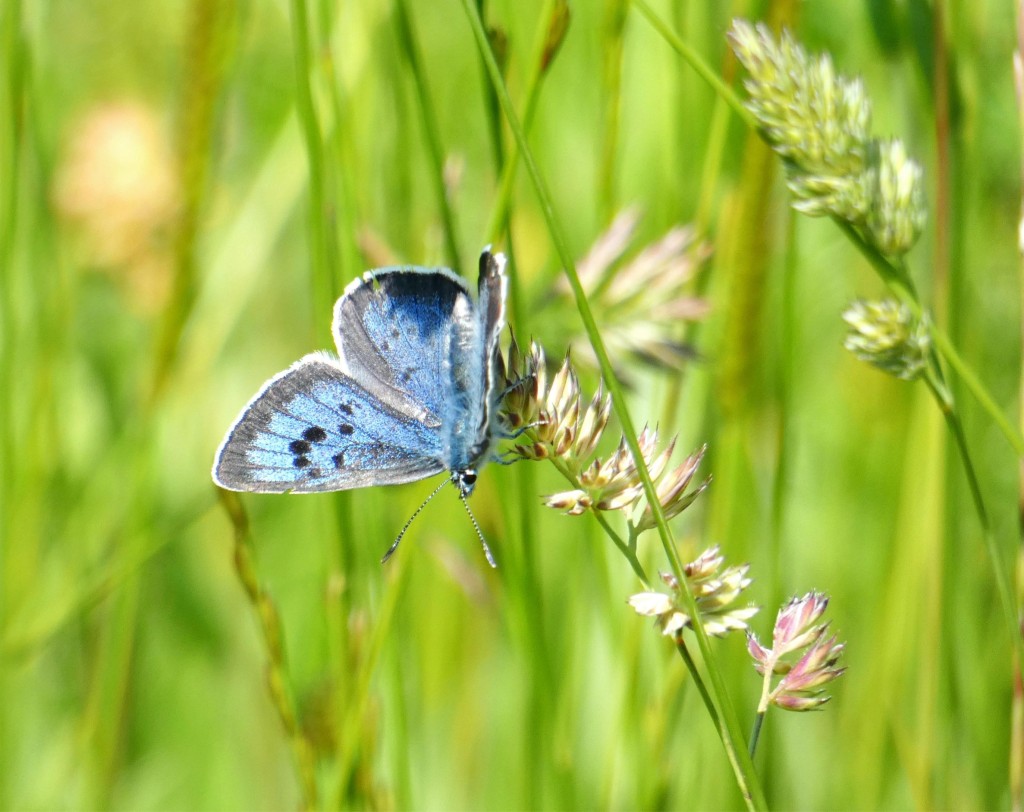
The gorgeous dark blue patterned wings of the Large Blues started to be seen again by us on the 12th of June this year, which was a full 2 weeks later in the year than they emerged last year. We think this had a lot to do with May’s challenging cold and wet. There were certainly a lot of what felt like heavy “April Showers” still falling regularly up until the last week of May. The sun just started to emerge in those last few days of May. It seems to be true to say the emergence of many other insects was delayed by 2- 3 weeks in fact.
That rain falling coincided with the grazing cattle being ushered off the main hill, and this meant the grasses and wildflowers have had a lot of rain and sun which has led to a significant surge in growth. In places the wild meadow is up above waist height, providing a variety of structures and habitats not only for insects but also for small mammals, something we’ve seen local kestrels taking full advantage of!
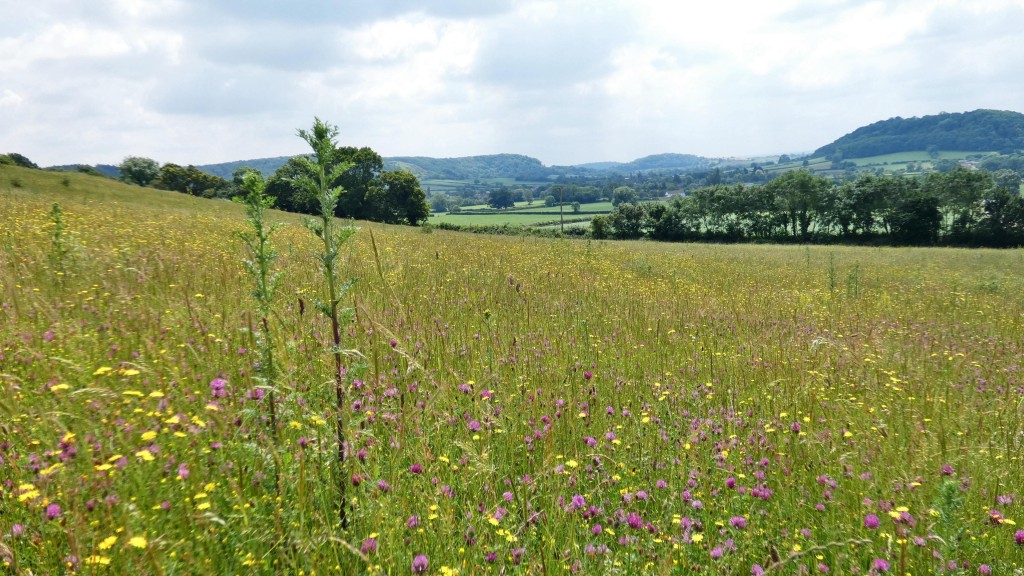
Fortunately the all-important Wild Thyme flowers on the slopes have stayed accessible to the egg-laying female Large Blues, though they are having to work a little harder to get to the plants!
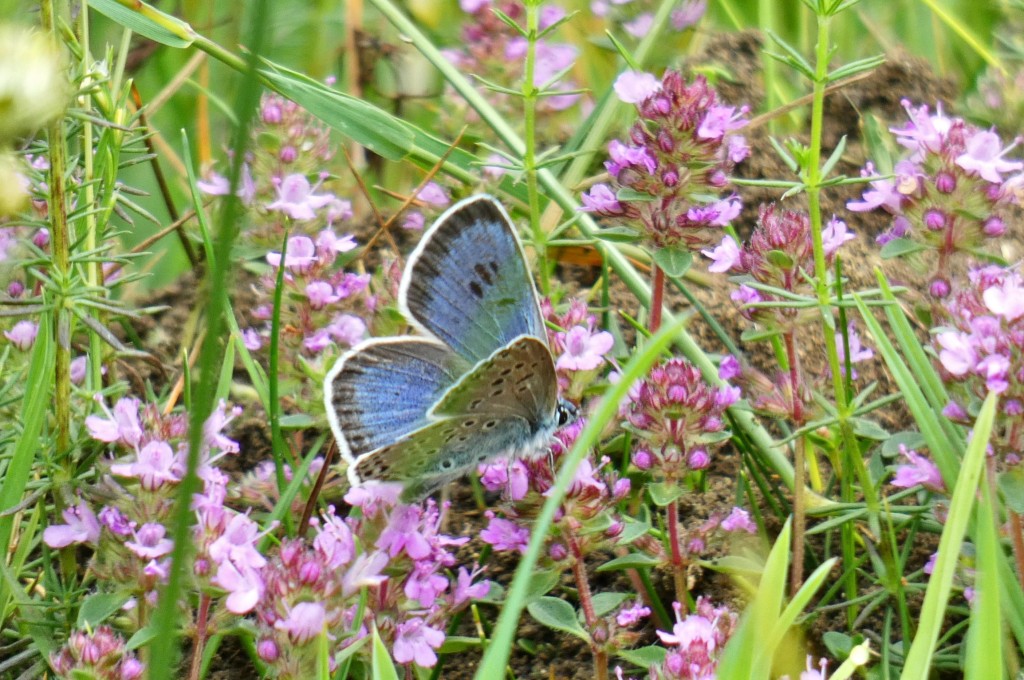
Photographing them amongst that grassy sward is definitely more challenging this year, compared to last. So, I want to wish good luck to everyone who comes to Collard Hill to try!
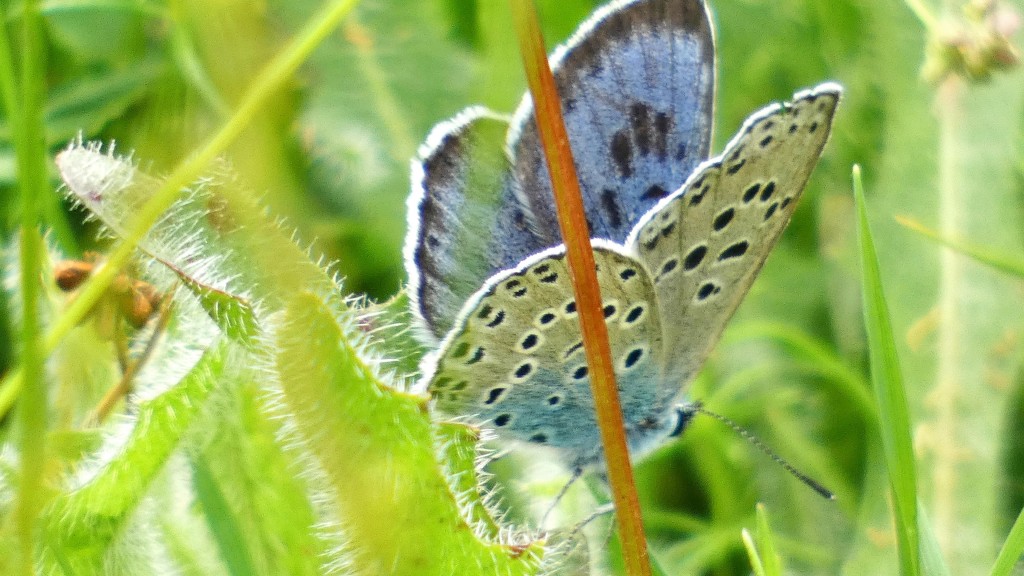
Amongst the gorgeous meadow in certain places we are seeing lots of these fabulous bee orchids. What clever mimicry! Irresistible to the male pollinating bees!
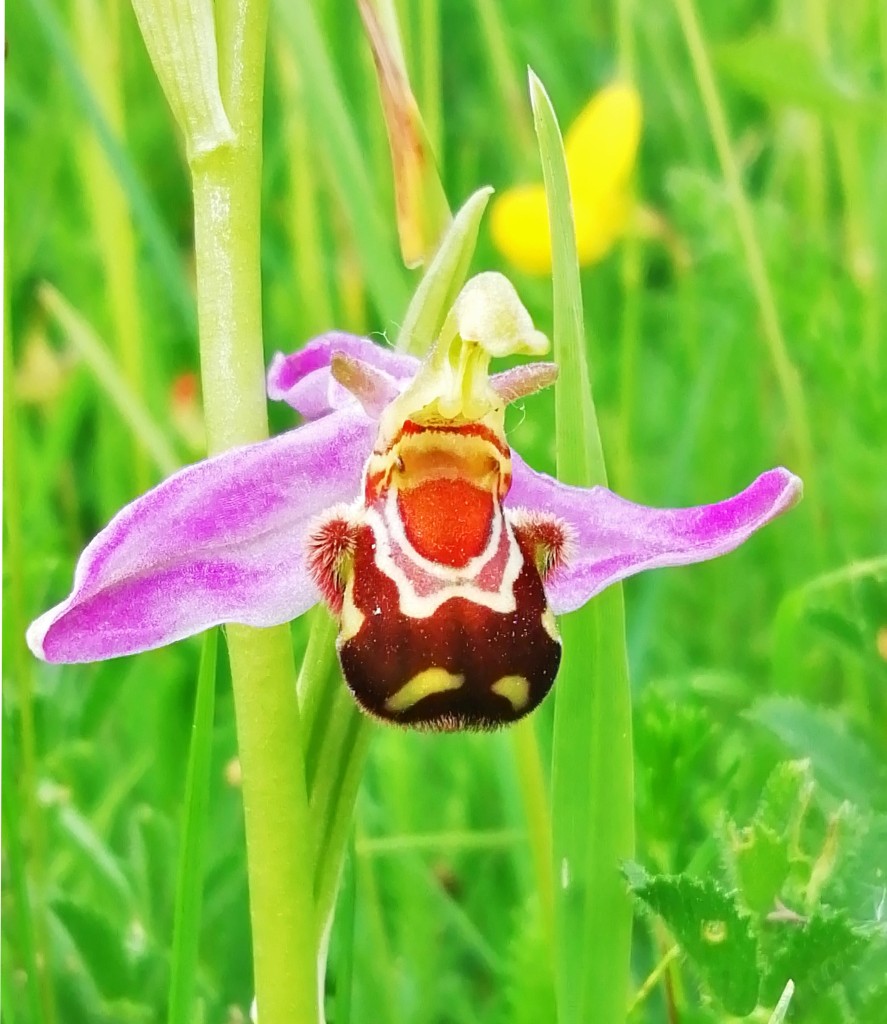
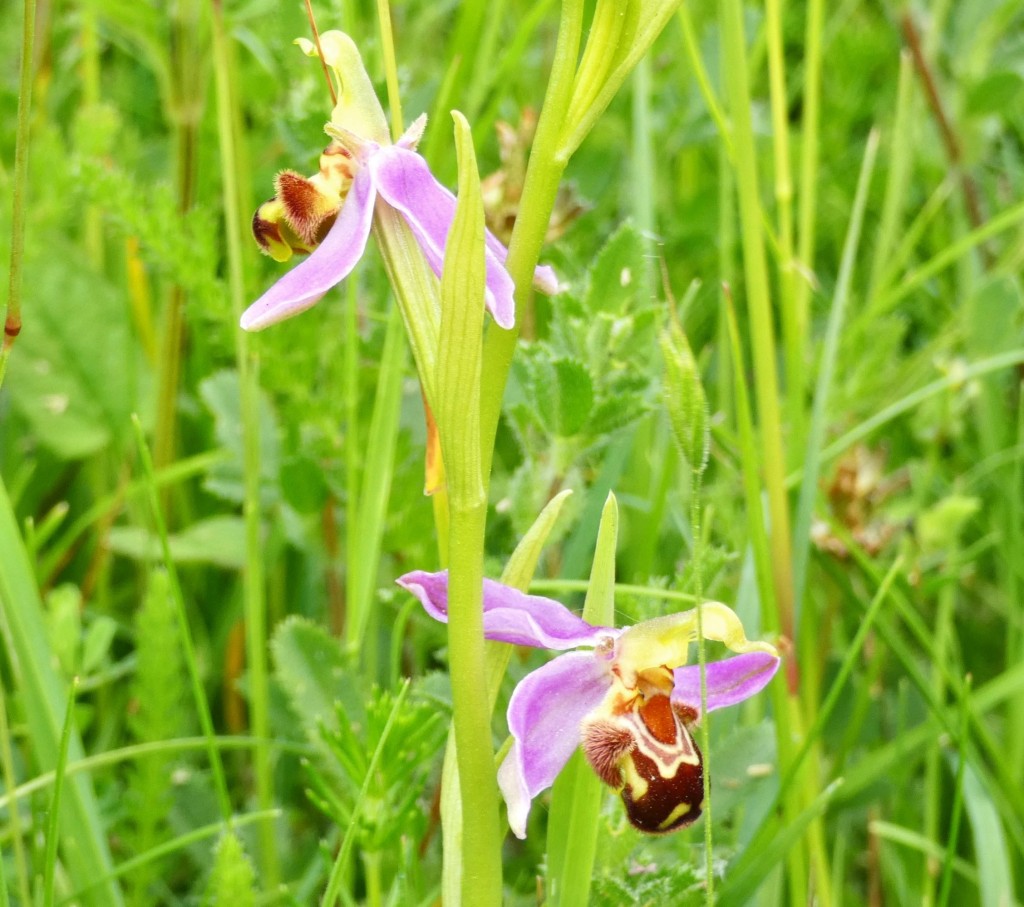
Also, walking through on our butterfly transect survey we’re seeing increased numbers of day-flying moths, including 6-spot Burnett, Silver-y and best of all, a gorgeous, pink Small Elephant Hawk moth.
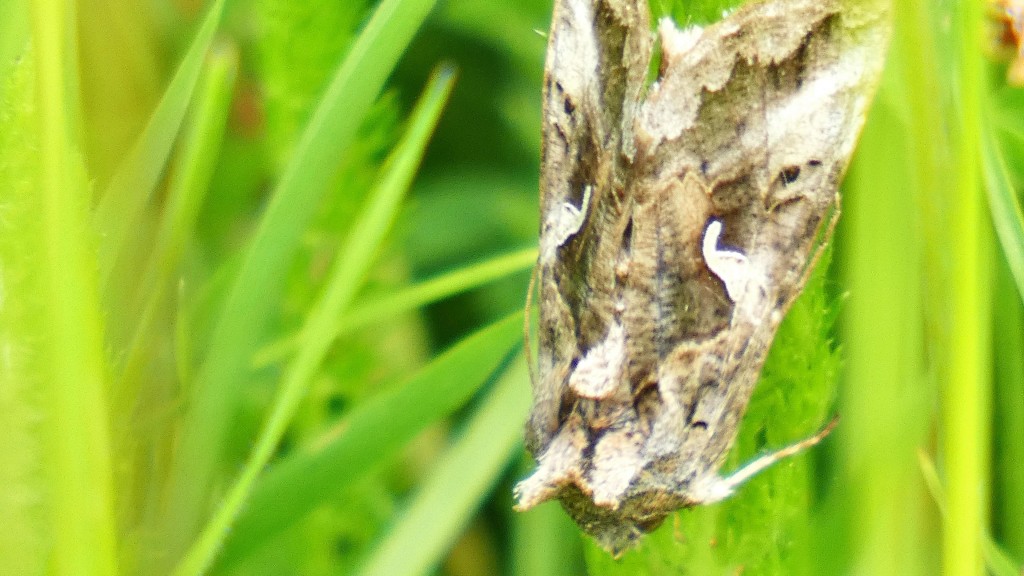
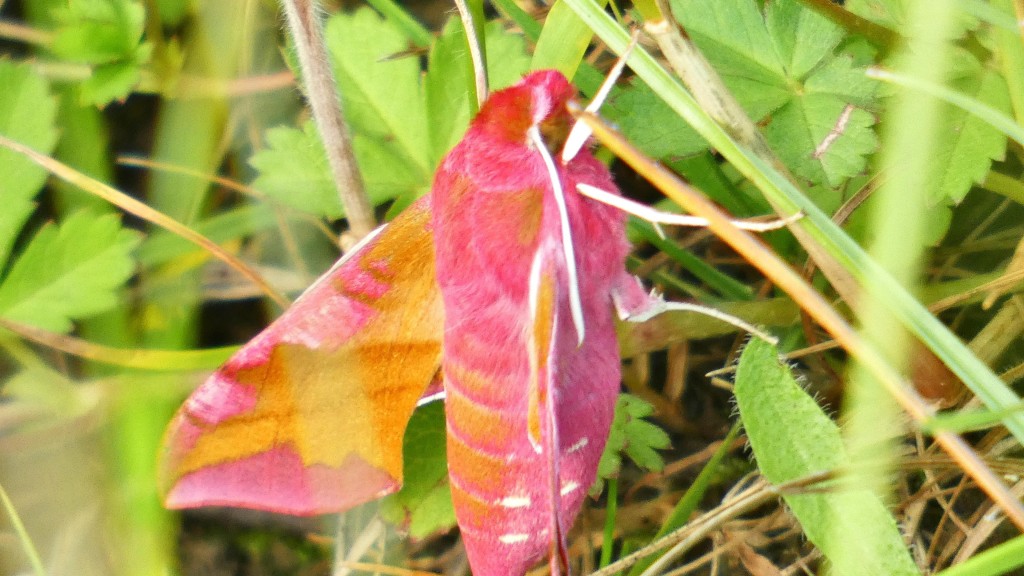
Invertebrates beware, this very smart Spotted flycatcher has a favourite perch in the middle of the hill, wooded area.
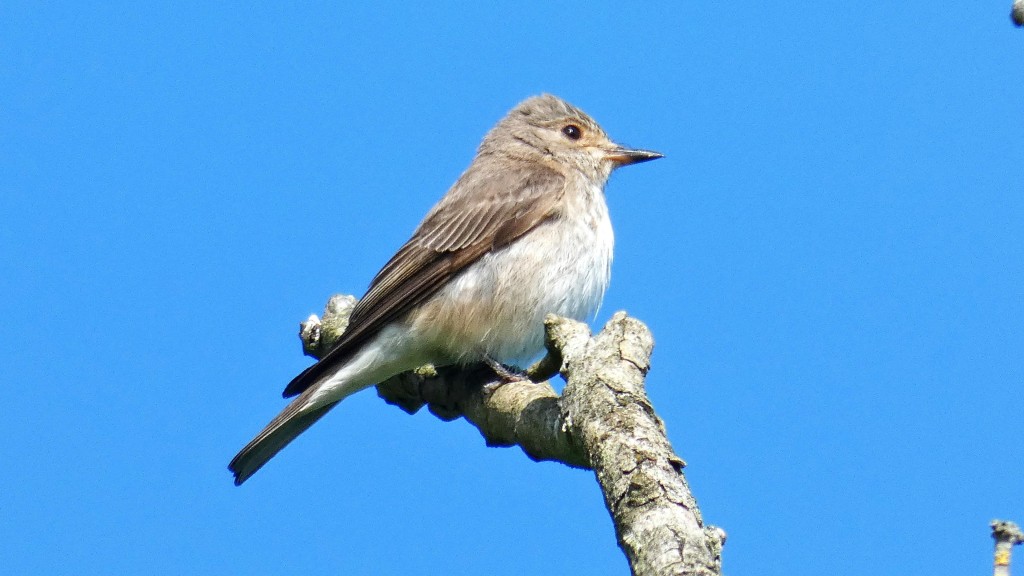
Birdlife as ever is very well settled on Collard Hill. We’re hearing Great Spotted Woodpeckers, Song Thrush, Bullfinch, nesting Common buzzards and a small parcel of Linnets regularly chattering away too.
Before the Large Blues emerged, we saw some familiar butterfly “early-emergers” in the form of Grizzled skippers and Common blues feeding on the late spring Common Bird’s-foot-trefoil and Mouse-ear Hawkweed
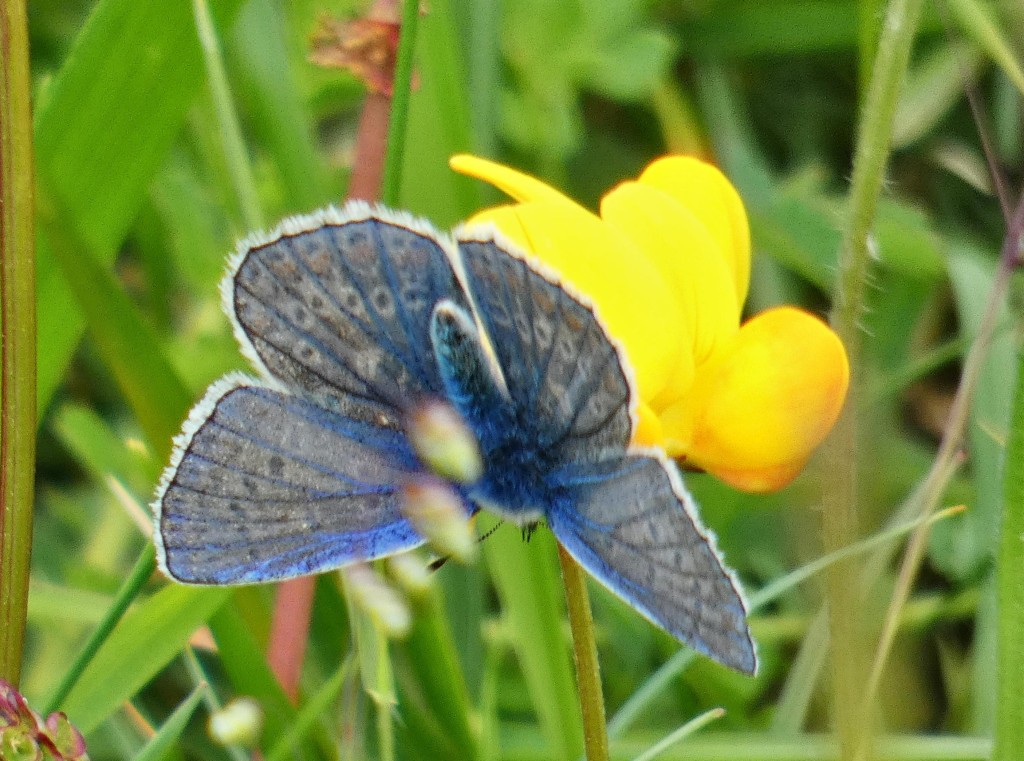
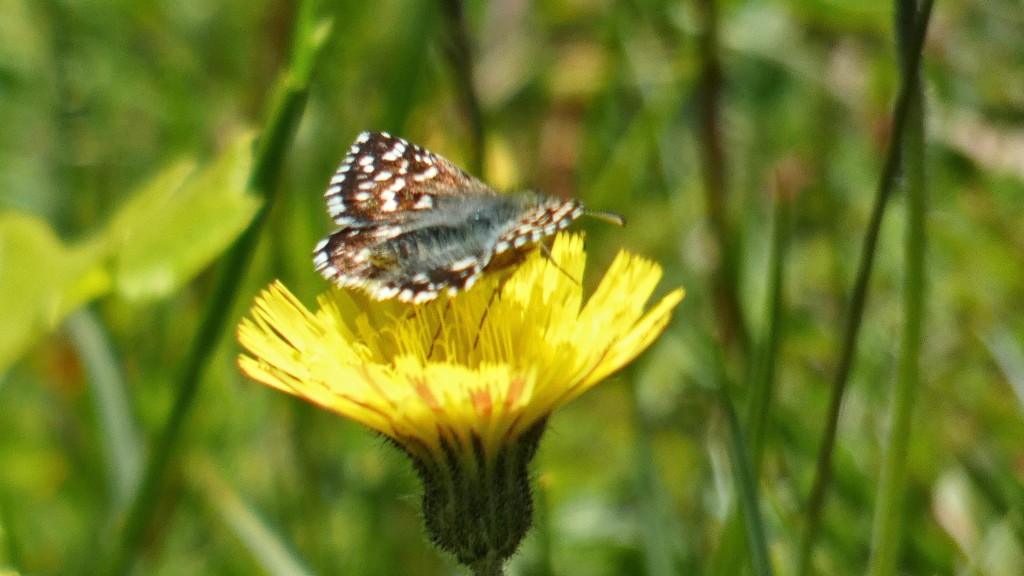
We’re really appreciating everything that our local National Trust nature reserve brings us. From stunning views, to rewarding, heart thumping Hill walks to this never ending string of exciting encounters with beautiful wild plants and animals…oh and who could forget some very nice conversations with other like-minded nature lovers too. Thanks everyone! Glad to be a National Trust Member and Volunteer for another year.
Perhaps we’ll see you on the hill?
James and Susie













































